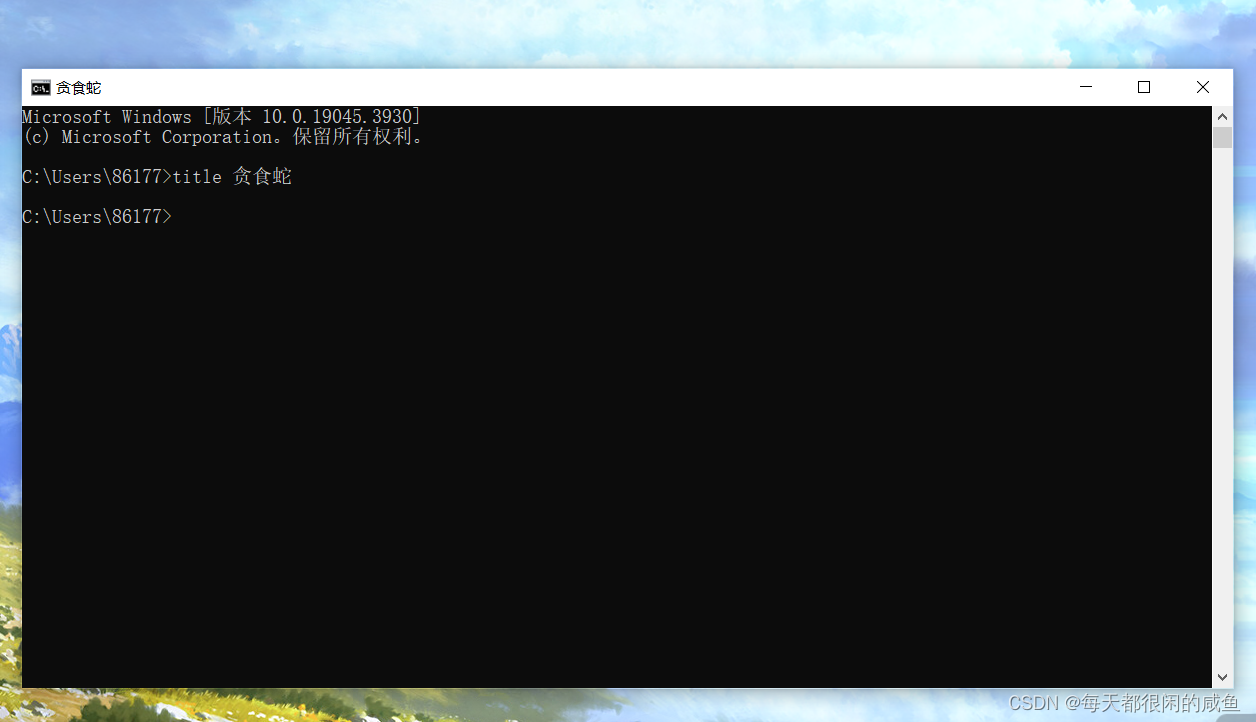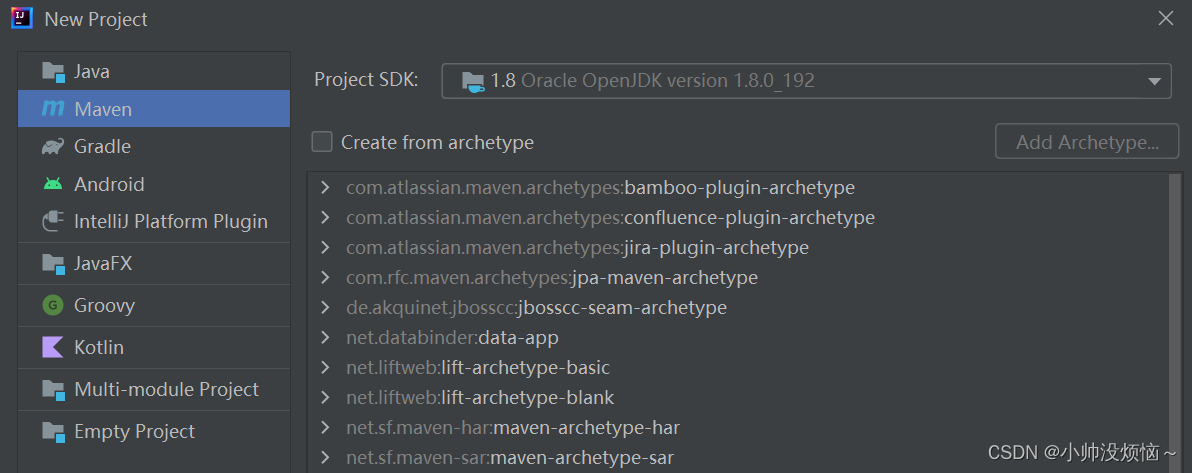Java链表的基本操作
创建链表
public class ListNode
private int data;
private ListNode next;
public ListNode(int data){
this.datadata;
public int getData(){
return data;
public void setData(int data)
this.datadata;
}
public ListNode getNext(){
return next;
}
public void setNext(ListNode next){
this.nextnext;
}
力扣题目中是这样创建的
与c语言不同,java的数据结构没有赋值时会自动置null,不需要和c语言一样各种等于null
public class ListNode {
int val;
ListNode next;
ListNode() {}
ListNode(int val) { this.val = val; }
ListNode(int val, ListNode next) { this.val = val; this.next = next; }
}
//ListNode listnode=new ListNode(1);
链表的遍历
从表头开始,只要节点node不为空,就让其指向下一个结点,直到结点为空
length用来获取链表的长度
public static int getListLength(Node head){
int length = 0;
Node node = head;
while (node != null){
length++;
node = node.next;
}
return length;
}
链表的插入
链表的插入要考虑3种情况:表头、表中、表尾
1.对于表头插入,两步搞定:让插入的结点指向表头,然后让原有的表头head指向插入的结点
2.表中插入
(1)遍历链表,在插入位置的前一个结点停下
(2)让插入结点的next指向插入位置(即前一个结点的next)
(3)前一个结点的next指向插入结点
3.表尾插入:让尾结点的next指向插入结点
/**
*链表插入
*dparam head 链表头节点
*@param nodeInsert 待插入节点
*aparam position 待插入位置,从1开始
* @return插入后得到的链表头节点
*/
public static Node insertNode(Node head,Node nodeInsert,int position){
if (head == null){
//这里可以认为待插入的结点就是链表的头结点,也可以抛出不能插入的异常
return nodeInsert;
//已经存放的元素个数
int size = getLength(head);
if (position > size+1 || position < 1){
System.out.println("位置参数越界");
return head;
}
//表头插入
if (position =1){
nodeInsert.next = head;
//这里可以直接return nodeInsert;还可以这么写:
head = nodeInsert;
return head;
}
Node pNode = head;
int count = 1;
//这里position被上面的size被限制住了,不用考虑pNode=null
while (count < position - 1){
pNode pNode.next;
count++;
}
}
nodeInsert.next = pNode.next;
pNode.next = nodeInsert;
return head;
}
链表的删除
链表的删除同样分为表头、表中、表尾
表头:让头指针head指向head的next
表中:遍历链表来到待删除结点的前一个结点,让这个结点的next等于这个结点的next.next
表尾:遍历链表来到待删除结点的前一个结点,让这个结点的next为空
/**
*删除节点
*@param head 链表头节点
*@param position 删除节点位置,取值从1开始
*@return 删除后的链表头节点
*/
public static Node deleteNode(Node head,int position){
if (head == null){
return null;
}
int size = getListLength(head);
//思考一下,这里为什么是size,而不是size+1
if (position > size || position < 1){
System.out.println("输入的参数有误");
return head;
}
if (position == 1){
//curNode就是链表的新head
return head.next;
}
else{
Node cur = head;
int count 1;
while (count < position - 1){
cur = cur.next;
count++;
}
Node curNode = cur.next;
cur.next = curNode.next;
//上面两行可以直接简化成:cur.next=cur.next.next
}
return head;
}
原文地址:https://blog.csdn.net/m0_73709096/article/details/134630123
本文来自互联网用户投稿,该文观点仅代表作者本人,不代表本站立场。本站仅提供信息存储空间服务,不拥有所有权,不承担相关法律责任。
如若转载,请注明出处:http://www.7code.cn/show_13369.html
如若内容造成侵权/违法违规/事实不符,请联系代码007邮箱:suwngjj01@126.com进行投诉反馈,一经查实,立即删除!
声明:本站所有文章,如无特殊说明或标注,均为本站原创发布。任何个人或组织,在未征得本站同意时,禁止复制、盗用、采集、发布本站内容到任何网站、书籍等各类媒体平台。如若本站内容侵犯了原著者的合法权益,可联系我们进行处理。







